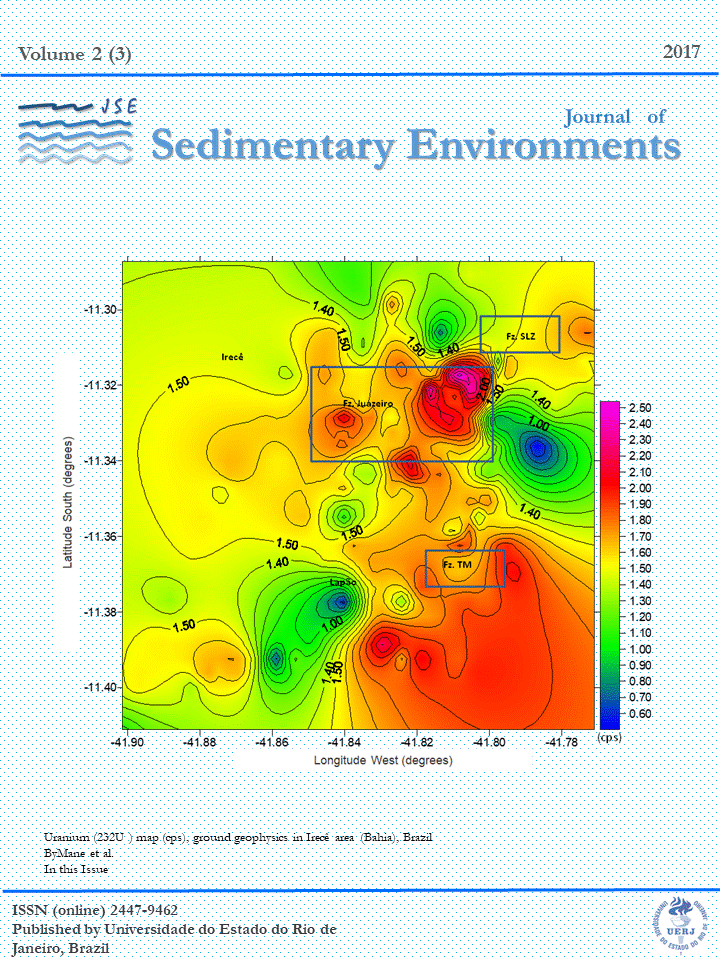MUNICIPAL SOLID WASTE IN GOIÁS (BRAZIL): CURRENT SCENARIO AND PROJECTIONS FOR THE FUTURE
DOI:
https://doi.org/10.12957/jse.2017.31131Keywords:
Municipal solid waste. Generation. Projections. Goiás. Developing countries.Abstract
The production of municipal solid waste (MSW) has increased annually worldwide. This situation can be verified in the municipalities of Brazil, that produce more MSW and have difficulty in managing their waste resulting in harmful consequences for the environment and ecosystems. For instance, in the State of Goiás, most of the produced MSW are sent to dumps. In this context, the goal of this study was to create a projection for the amount of MSW that will be generated in each of the 246 municipalities of Goiás by 2040. To do so, a population projection from 2015 to 2040 was done, alongside its correspondent MSW production and identification of the current MSW managing systems in the State. Results show that, by 2040, Goiás will have more than 8.7 million inhabitants, 32% more than 2015. However, 88% of the municipalities will continue to have less than 50 thousand inhabitants. The municipalities of bigger dimension, on the other hand, will be concentrated mainly in the Goiânia Metropolitan area and surroundings of the Federal District regions. In terms of MSW production, an increase of about 35% in waste generation is estimated for 2040 when compared to 2015. In 2040, the Goiânia Metropolitan, surroundings of the Federal District and the Southwest regions of Goiás will produce 70% of the State MSW. Regarding the produced MSW technological routes, in 2015 about 70% of the State waste went to either unlicensed landfills or dumps, while 8% did not even get collected, having ended up in wastelands or waterways. Considering this panorama in Goiás, what will be the management of MSW in 2040 if nothing is done?Downloads
Published
2017-11-05
Issue
Section
Research article
License
The copyright of articles published in Journal of Sedimentary Environments (JSE) belong to their respective authors with rights to first publication conceded to the journal. Every time that the article is cited and reproduced in institutional repositories or personal and professional web pages the link to the journal web page must be provided.

Journal of Sedimentary Environments (JSE) is licensed under a Creative Commons Attribution-Noncommercial-Share Alike 4.0 International License.

